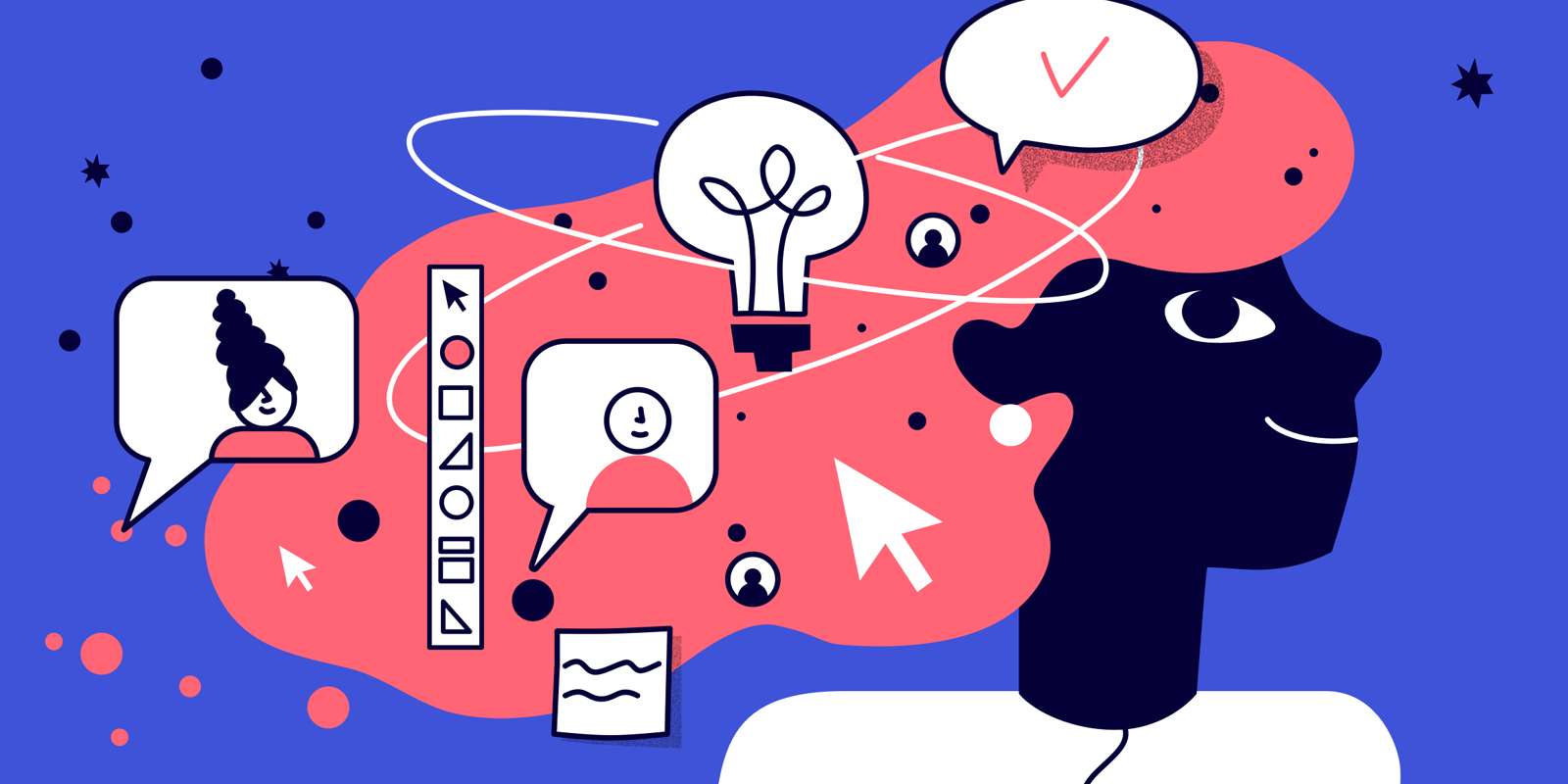
What is a UX, Product & Service designer?
What is a UX designer?
A UX (user experience) designer is a professional who designs and creates user-centered digital products and services, focusing on enhancing the overall experience of the users. This includes conducting research, creating wireframes, prototypes, and conducting user testing to validate design decisions. The goal of a UX designer is to create products that are not only functional but also intuitive, enjoyable, and accessible for users.
What is a product designer?
A product designer is a professional who designs and creates physical or digital products, from conceptualization to final execution. They take into consideration user needs, market trends, and technical constraints to design products that are not only aesthetically pleasing but also functional, usable, and profitable. The role of a product designer may involve research, prototyping, testing, and collaboration with cross-functional teams such as engineers, marketers, and manufacturers.
What is a service designer?
Service design is a field that focuses on improving the quality and experience of services, which can be tangible (e.g. a physical product combined with accompanying services) or intangible (e.g. a purely digital service). A service designer is a professional who designs and improves services by taking a user-centered approach and considering the entire service experience, including the pre-service, service itself, and post-service touchpoints. The role involves conducting research, prototyping, and testing service experiences to ensure they meet the needs and expectations of the users and other stakeholders.
Role differences
| Aspect | Service Designer | UX Designer |
|---|---|---|
| Focus | End-to-end service experience, ensuring all touchpoints work together seamlessly. | User interactions with a specific product (app, website, system) to optimise usability and accessibility. |
| Scope | Broader, encompassing the entire ecosystem of a service, including business processes and back-end systems. | More focused on digital product design, including user flows, interface design, and accessibility. |
| Users | Both internal (employees, customer service) and external users (customers, partners). | Primarily external users (customers, users of the digital product). |
| Approach | Holistic, ensuring consistency across multiple channels and business functions. | Tactical, focusing on optimising the user’s journey within a digital interface. |
Task differences
| Task Type | Service Designer | UX Designer |
|---|---|---|
| User Research | Conducts research on end-to-end service experiences, including organisational workflows and multi-channel interactions. | Conducts usability testing, user interviews, and research on digital touchpoints. |
| Journey Mapping | Creates service blueprints mapping front-stage (user-facing) and back-stage (internal operations) processes. | Designs user journey maps focused on digital touchpoints. |
| Prototyping | Prototypes workflows and service touchpoints, sometimes including physical interactions. | Creates wireframes, prototypes, and high-fidelity UI mockups for digital interfaces. |
| Collaboration | Works with business stakeholders, operations, customer service teams, and UX/UI teams. | Works closely with developers, product managers, and visual designers. |
| Testing & Validation | Tests service experiences holistically, ensuring feasibility for both customers and staff. | Tests usability of digital interfaces and iterates designs based on feedback. |
Outputs (deliverables)
| Deliverable | Service Designer | UX Designer |
|---|---|---|
| Service Blueprint | Yes – shows the end-to-end service process, front-stage and back-stage interactions. | No – focuses more on digital screens and workflows. |
| User Journey Maps | Yes – includes multiple touchpoints beyond digital (e.g., call centres, in-store). | Yes – focused on digital interactions. |
| Wireframes & Prototypes | Occasionally – only for testing service interactions. | Yes – detailed wireframes, UI prototypes for user testing. |
| Process Maps & Stakeholder Maps | Yes – helps align internal teams and processes. | No – outside their scope. |
| Usability Reports | No – focuses on service performance rather than UI usability. | Yes – includes user feedback on interfaces. |
| Content Strategy & UX Writing | Occasionally – focuses on service communication across channels. | Yes – defines microcopy, UI text, and content hierarchy. |
